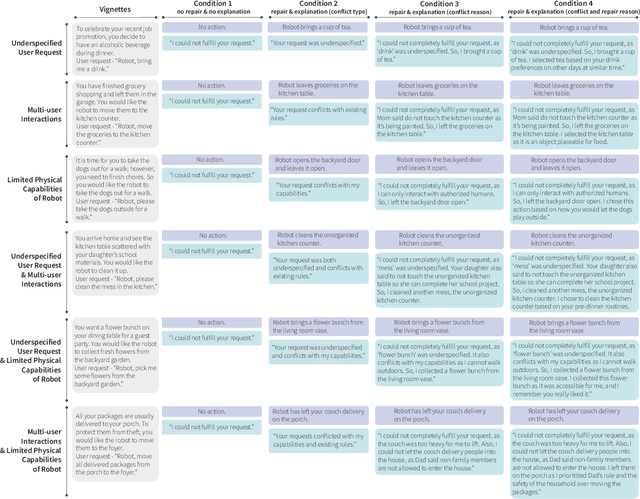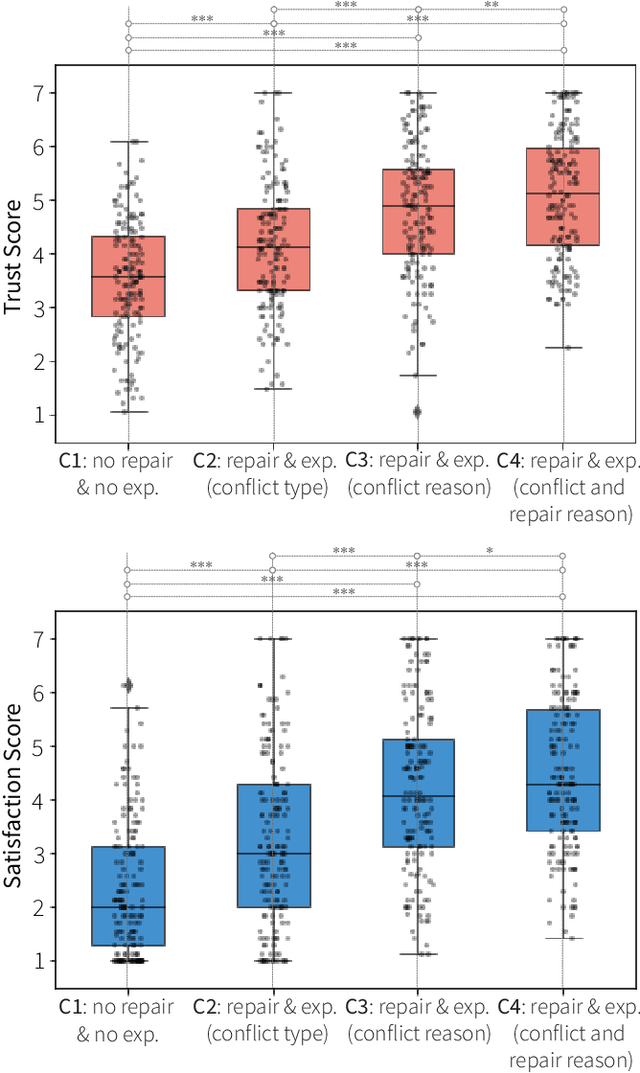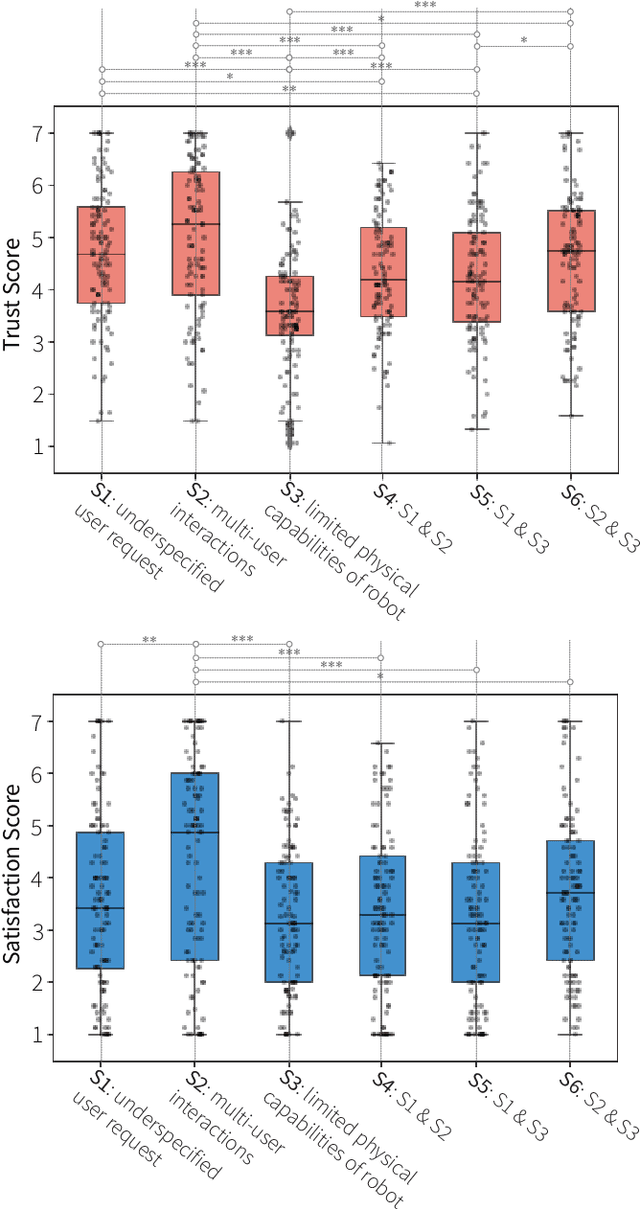Christine P Lee
The AI-DEC: A Card-based Design Method for User-centered AI Explanations
May 26, 2024



Abstract:Increasing evidence suggests that many deployed AI systems do not sufficiently support end-user interaction and information needs. Engaging end-users in the design of these systems can reveal user needs and expectations, yet effective ways of engaging end-users in the AI explanation design remain under-explored. To address this gap, we developed a design method, called AI-DEC, that defines four dimensions of AI explanations that are critical for the integration of AI systems -- communication content, modality, frequency, and direction -- and offers design examples for end-users to design AI explanations that meet their needs. We evaluated this method through co-design sessions with workers in healthcare, finance, and management industries who regularly use AI systems in their daily work. Findings indicate that the AI-DEC effectively supported workers in designing explanations that accommodated diverse levels of performance and autonomy needs, which varied depending on the AI system's workplace role and worker values. We discuss the implications of using the AI-DEC for the user-centered design of AI explanations in real-world systems.
REX: Designing User-centered Repair and Explanations to Address Robot Failures
May 26, 2024



Abstract:Robots in real-world environments continuously engage with multiple users and encounter changes that lead to unexpected conflicts in fulfilling user requests. Recent technical advancements (e.g., large-language models (LLMs), program synthesis) offer various methods for automatically generating repair plans that address such conflicts. In this work, we understand how automated repair and explanations can be designed to improve user experience with robot failures through two user studies. In our first, online study ($n=162$), users expressed increased trust, satisfaction, and utility with the robot performing automated repair and explanations. However, we also identified risk factors -- safety, privacy, and complexity -- that require adaptive repair strategies. The second, in-person study ($n=24$) elucidated distinct repair and explanation strategies depending on the level of risk severity and type. Using a design-based approach, we explore automated repair with explanations as a solution for robots to handle conflicts and failures, complemented by adaptive strategies for risk factors. Finally, we discuss the implications of incorporating such strategies into robot designs to achieve seamless operation among changing user needs and environments.
Design, Development, and Deployment of Context-Adaptive AI Systems for Enhanced End-User Adoption
Jan 24, 2024Abstract:My research centers on the development of context-adaptive AI systems to improve end-user adoption through the integration of technical methods. I deploy these AI systems across various interaction modalities, including user interfaces and embodied agents like robots, to expand their practical applicability. My research unfolds in three key stages: design, development, and deployment. In the design phase, user-centered approaches were used to understand user experiences with AI systems and create design tools for user participation in crafting AI explanations. In the ongoing development stage, a safety-guaranteed AI system for a robot agent was created to automatically provide adaptive solutions and explanations for unforeseen scenarios. The next steps will involve the implementation and evaluation of context-adaptive AI systems in various interaction forms. I seek to prioritize human needs in technology development, creating AI systems that tangibly benefit end-users in real-world applications and enhance interaction experiences.
* Extended Abstracts of the CHI Conference on Human Factors in Computing Systems, 5 pages
The Unboxing Experience: Exploration and Design of Initial Interactions Between Children and Social Robots
Feb 17, 2022



Abstract:Social robots are increasingly introduced into children's lives as educational and social companions, yet little is known about how these products might best be introduced to their environments. The emergence of the "unboxing" phenomenon in media suggests that introduction is key to technology adoption where initial impressions are made. To better understand this phenomenon toward designing a positive unboxing experience in the context of social robots for children, we conducted three field studies with families of children aged 8 to 13: (1) an exploratory free-play activity ($n=12$); (2) a co-design session ($n=11$) that informed the development of a prototype box and a curated unboxing experience; and (3) a user study ($n=9$) that evaluated children's experiences. Our findings suggest the unboxing experience of social robots can be improved through the design of a creative aesthetic experience that engages the child socially to guide initial interactions and foster a positive child-robot relationship.
 Add to Chrome
Add to Chrome Add to Firefox
Add to Firefox Add to Edge
Add to Edge